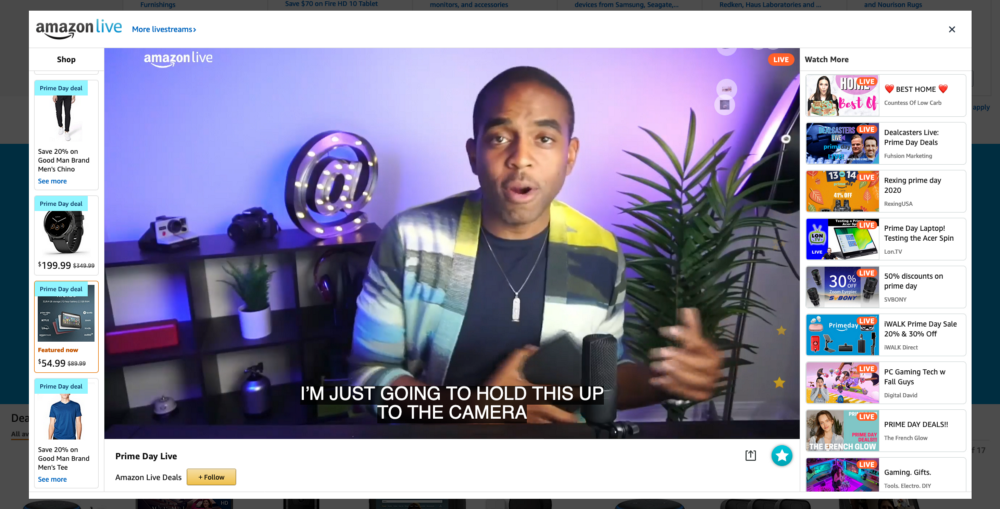I have, over the past decade, tried to understand what social commerce is. A few years ago, we had the emergence and disappearance of distributed and conversational commerce. I am beginning to see the use of social commerce again and think it’s worth discussing.
What is social commerce? It depends on who you ask, their location, and what they perceive what social is. The other topic that gets lost in the discussion is trust and discovery. To be clear, I believe that we have no idea what social commerce is in the West.

The importance of mobile
Mobile commerce has leapfrogged desktop e-commerce in developing markets such as China, Brazil, South East Asia, and Africa. For commerce to remain relevant, we need the use of online and offline components. Whether it is using store associates as live-streamers or using key opinion leaders (KOLs), the content is a two-way interaction between the host and shoppers. The use of mobile for me is integral to reach audiences such as Gen Z looking for entertainment or discovering a new brand.
One of the striking factors for 11.11 is gamification by the marketplaces to keep customer engagement. Playing games such as growing a virtual pet enables consumers to access discounts, coupons, and rewards that can be used to buy more items.

What Social Commerce is not
I want to be clear; adding social elements to your app is not social commerce. Nor is using Facebook or Instagram to sell via their shop features. For me, the use of social media is more about customer acquisition and reminding consumers to buy an item they browsed. What social networks do not do for commerce is assist with the retention of consumers. Group buying, such as Pinduoduo leveraged WeChat to get customers, but they have since added many other business models to scale.

Amazon had video commerce active during Prime Day, but it was between 15 and 30 minutes in duration without any real interaction from viewers.
Live Shopping/ Live-streaming
Having written about live-streaming, I am not going to rehash the points I made. The 11.11 Global Shopping Festival highlighted the distance Alibaba has on the rest of the world related to this new shopping medium. They invested in live-streaming, but they aggregated demand before adding the value proposition’s social element.
We currently have niche marketplaces that leverage live-streaming (PopShops) or short video platforms adding commerce to their offering.
Live-streaming enables the building of trust between the host and consumers, which is much stronger than text and images.
Investors are looking for a Taobao Live analog without understanding what social commerce is. There are multiple opportunities for startups to become massive live-streaming platforms, but Facebook and Instagram are definitely in the lead. I have been trying to understand why Facebook has offered its Shops solution for free and think it might move to aggregate products from as many sellers as possible.
To conclude, we are still early in live-streaming shopping in the West, and lots of investment has to occur before it can be remotely compared to Chinese e-commerce.
